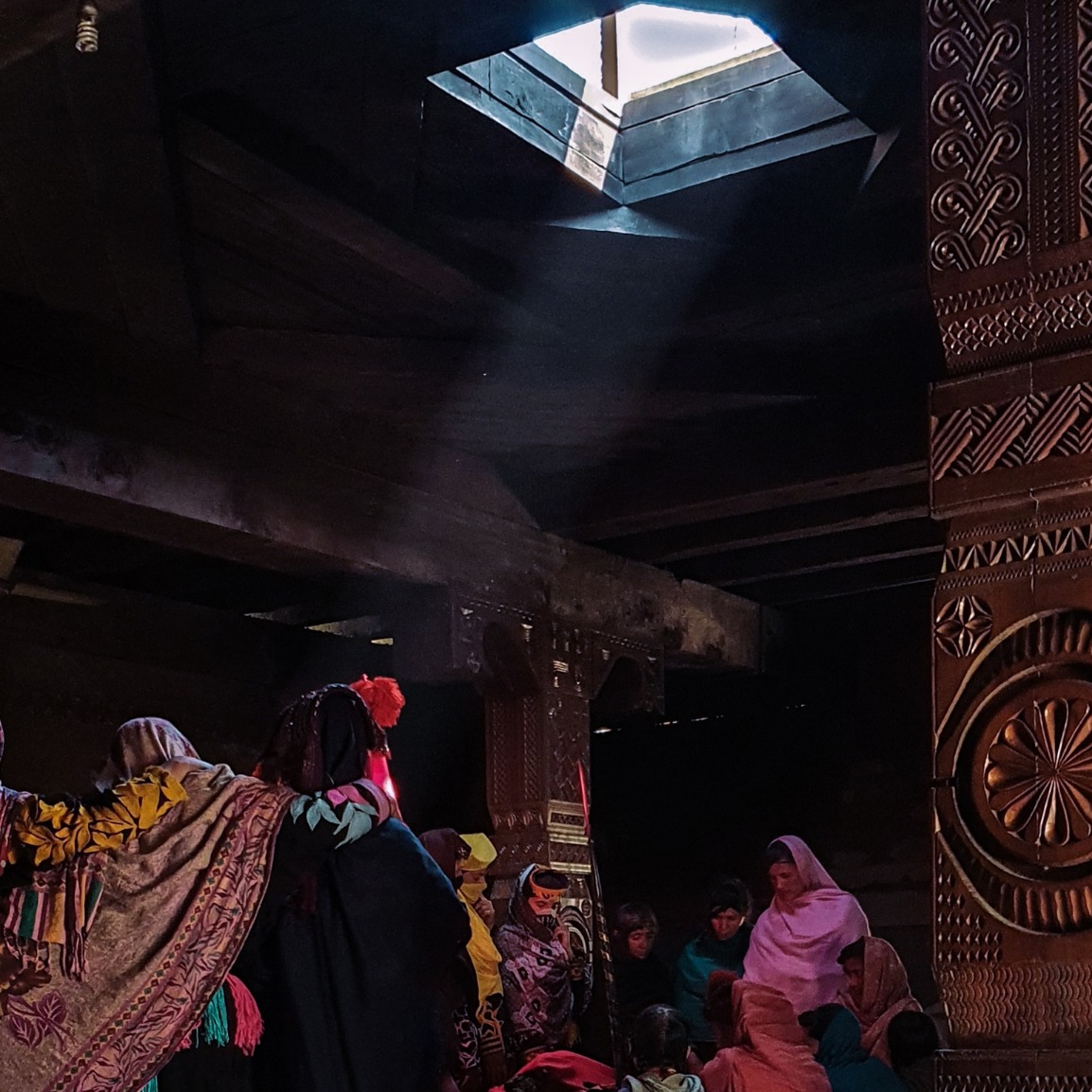

Cultural festivals in Pakistan are a vibrant reflection of the diverse ethnic groups, traditions, and heritage. These occasions go beyond mere celebrations; they embody identity by showcasing history, religion, and regional variations. In this exploration, we delve into some of the most prominent cultural festivals across the nation.
Eid-ul-Fitr marks the conclusion of Ramadan and is a significant Islamic festival in Pakistan. Families gather for prayers at mosques and engage in charitable acts, such as distributing money and gifts. The streets come alive with lights, and the aroma of delicious dishes fills homes. It is a time for celebration, reflection, and community harmony.
A major religious event in Pakistan is Eid al-Fitr, which joyfully marks the end of the fasting month of Ramadan, a month full of blessings that falls on the 1st of Shawwal in the Islamic calendar. On this meaningful day, families and communities unite to show love to ALLAH through sunrise prayers, acknowledging the self-discipline developed during Ramadan.
As dawn breaks, people greet each other warmly and share sweet treats, such as sheer khurma and sweetmeats, representing generosity and togetherness. Homes are decorated with vibrant adornments, creating a festive spirit filled with joy and the scent of traditional dishes.
Eid ul-Fitr serves as an opportunity for visits, with families and friends welcoming each other into their homes, fortifying the bonds of family and friendship. Beyond personal ties, many individuals reach out to relatives through charitable acts. Ultimately, this celebration transcends religious boundaries, encapsulating universal values of love, kindness, and community unity, making Eid ul-Fitr a delightful occasion for everyone.
Eid al-Adha commemorates Ibrahim (Abraham)’s readiness to sacrifice his son in obedience to God. Muslims around the globe observe this occasion by sacrificing animals and sharing the meat with the less fortunate. The day is marked by prayers, communal feasts, and acts of charity that foster the spirit of sacrifice and empathy.
Eid al-Adha is a significant Islamic festival that occurs on the 10th day of the last month of the Islamic lunar calendar, known as Dhu al-Hijjah. The specific date varies based on the sighting of the moon following the completion of the annual Hajj pilgrimage, a vital duty for qualified Muslims. This festival is celebrated to commemorate the devotion of Prophet Ibrahim to Allah and his willingness to sacrifice his son, Ismail. However, Allah replaced Ismail with a ram just before the execution. Therefore, Eid al-Adha signifies the festival of sacrifice.
The celebration lasts between two and four days, depending on the country. People attend Eid prayers at the mosque and then carry out Qurbani, which involves sacrificing an animal such as a sheep, goat, cow, bull, or camel. The meat is divided into three portions: one-third for the family, another third for friends, and the final third for those in need.
Traditionally, families and friends spend the day together, donning new clothes, exchanging gifts, and sharing the Qurbani meat as a sign of generosity and unity.
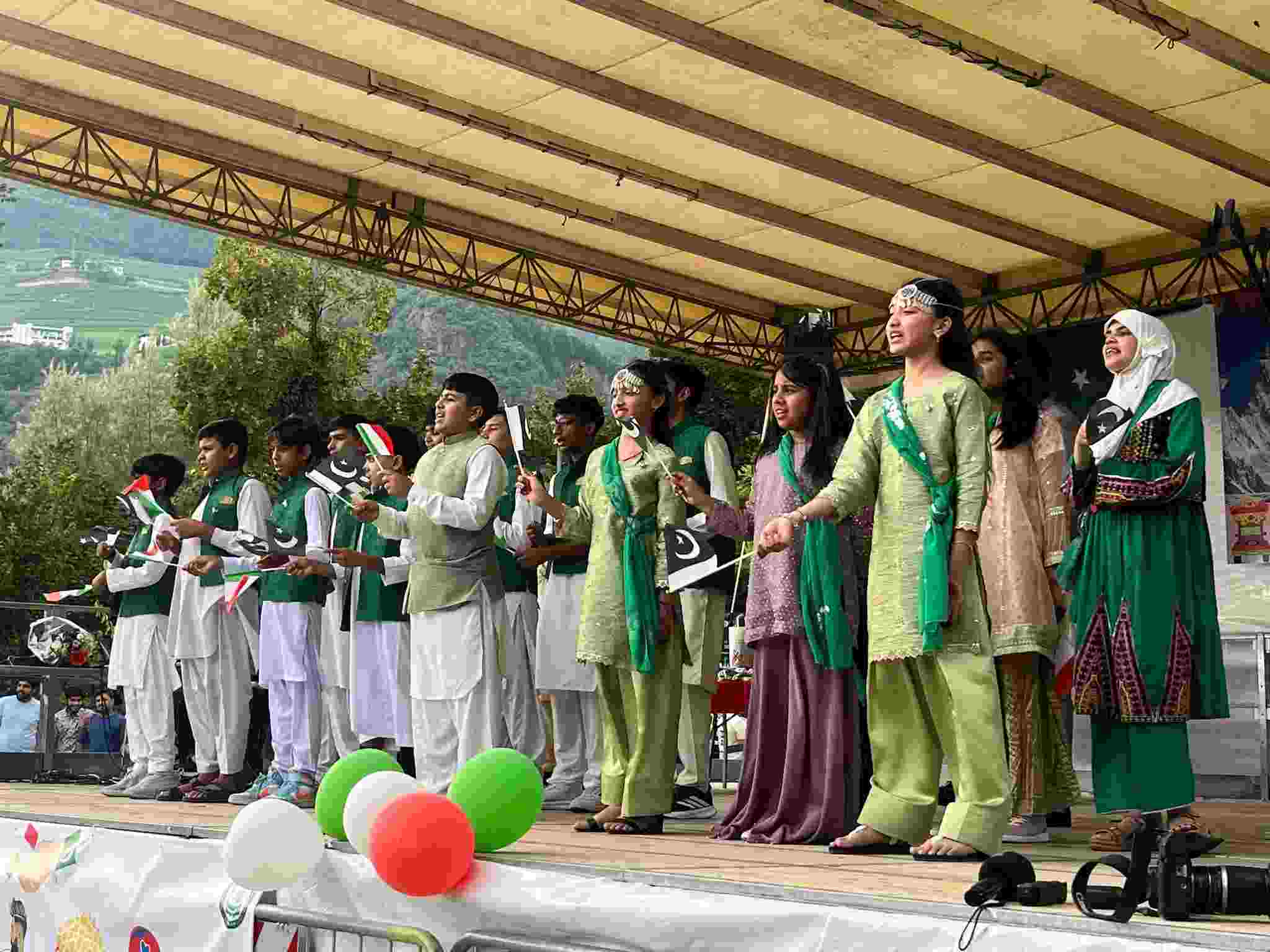
“Live every day as if it is a festival. Turn your life into a celebration”
The most renowned religious festival in Pakistan is celebrated on the 8th month of the Islamic calendar. It is marked by enthusiasm and devotion nationwide. Communities come alive with prayers and vibrant fireworks that illuminate the night sky, embodying the joyful spirit of the occasion. This sacred day serves as an opportunity to exchange sweet dishes, symbolizing the sweetness of unity and shared faith. Families and friends visit one another, reinforcing relationships and nurturing a sense of community.
More Information About: Adventurous Places to Visit in Kumrat Valley
During this celebration, mosques play a pivotal role, resonating with the united prayers of the community. Sharing sweet treats goes beyond just enjoying delicious food; it is a means of spreading goodwill and reinforcing connections. The community participates, reveling in the festive atmosphere with fireworks crackling in the background. This significant celebration highlights the enduring traditions that unite the people of Pakistan, fostering communal harmony and collective joy.
Basant, often called the Kite Festival, is a time-honored event predominantly celebrated in Punjab. It heralds the arrival of spring and is widely observed. People participate by flying vibrant kites, wearing yellow attire, and enjoying traditional foods like halwa puri. Although it has been banned in some areas due to safety issues, Basant remains a cherished cultural event.
Further Read: Famous 10 Places to Visit in Naran Kaghan Valley
The Data Darbar Urs is a significant celebration in Pakistan that honors Hazrat Ali Hujwiri, often referred to as Data Ganj Bakhsh (RA). He was a revered Sufi saint from the 11th century, and his shrine in Lahore, known as Data Darbar, is the largest in South Asia.
This three-day festival occurs from the 18th to the 20th of the Islamic month of Safar, attracting over a million devotees. People journey from distant places, spending nights at the shrine to pray for their desires to God. During the Urs, one can witness the dances, enjoy qawwali performances, and see individuals sharing food with those in need around the shrine.
Urs is an annual spiritual gathering held at the tombs of Sufi saints. It commemorates the anniversary of the death of saints and serves as a time for spiritual reflection, music, and poetry. Devotees honor the saints, seek blessings, and participate in qawwali sessions. The festivities transcend religious and cultural divides, drawing individuals from various backgrounds.
The celebration serves the life and teachings of Hazrat Ali Hujwiri. It brings together individuals from various regions, showcasing a spirit of unity in prayer and devotion. The Urs acts as a beautiful tribute to a man who dedicated his life to disseminating the vital message of Islam.
Nowruz, or the Persian New Year, is celebrated by Persian-speaking communities in Pakistan, particularly in the northern regions like Gilgit-Baltistan. This festival marks the arrival of spring and is commemorated with various ceremonies, traditional dishes, and music. Nowruz symbolizes the cultural diversity and religious harmony present in the country.
Nowruz, celebrated in March, coincides with the astronomical vernal equinox—it carries the meaning of a new day, and signifies the arrival of spring. For over 3,000 years, more than 300 million individuals from diverse regions have celebrated this particular day, including the Balkans, the Black Sea Basin, the Caucasus, Central Asia, and the Middle East.
Suggested Read: Must Visit Places to Visit in Hunza Valley
In 2009, Nowruz was known as the Intangible Cultural Heritage of Humanity. It represents a cultural custom that unites people in celebration of the onset of spring and the rebirth of nature. Nowruz promotes principles such as peace, solidarity, and friendship across generations and within families. It also encourages reconciliation and healthy relationships among neighbors, contributing to global cultural diversity.
Nowruz transcends a mere New Year celebration; it affirms the connection between life and nature. It reminds us of the relationship between our endeavors and cycles of renewal. Through celebrating Nowruz, individuals convey a respectful and nurturing attitude toward nature, appreciating the importance of living harmoniously with the surrounding world.
The Sindh Cultural Festival showcases the province’s rich heritage, focusing especially on Sufi music and dance. It highlights mystical traditions from Sindh, including qawwali, dhamaal, and Sufi poetry. This festival honors the historical significance and vibrant culture of the region, attracting visitors from all over the country.
The National Horse and Cattle Show is a lively celebration of rural heritage, featuring traditional sports, folk dances, and livestock displays. Held in Lahore, it showcases the Pakistani agrarian roots while honoring the resilience of rural life. This event offers visitors a glimpse into Pakistani traditional customs and countryside culture.
Read More: 10 Best Places to Visit in Azad Kashmir Neelum Valley
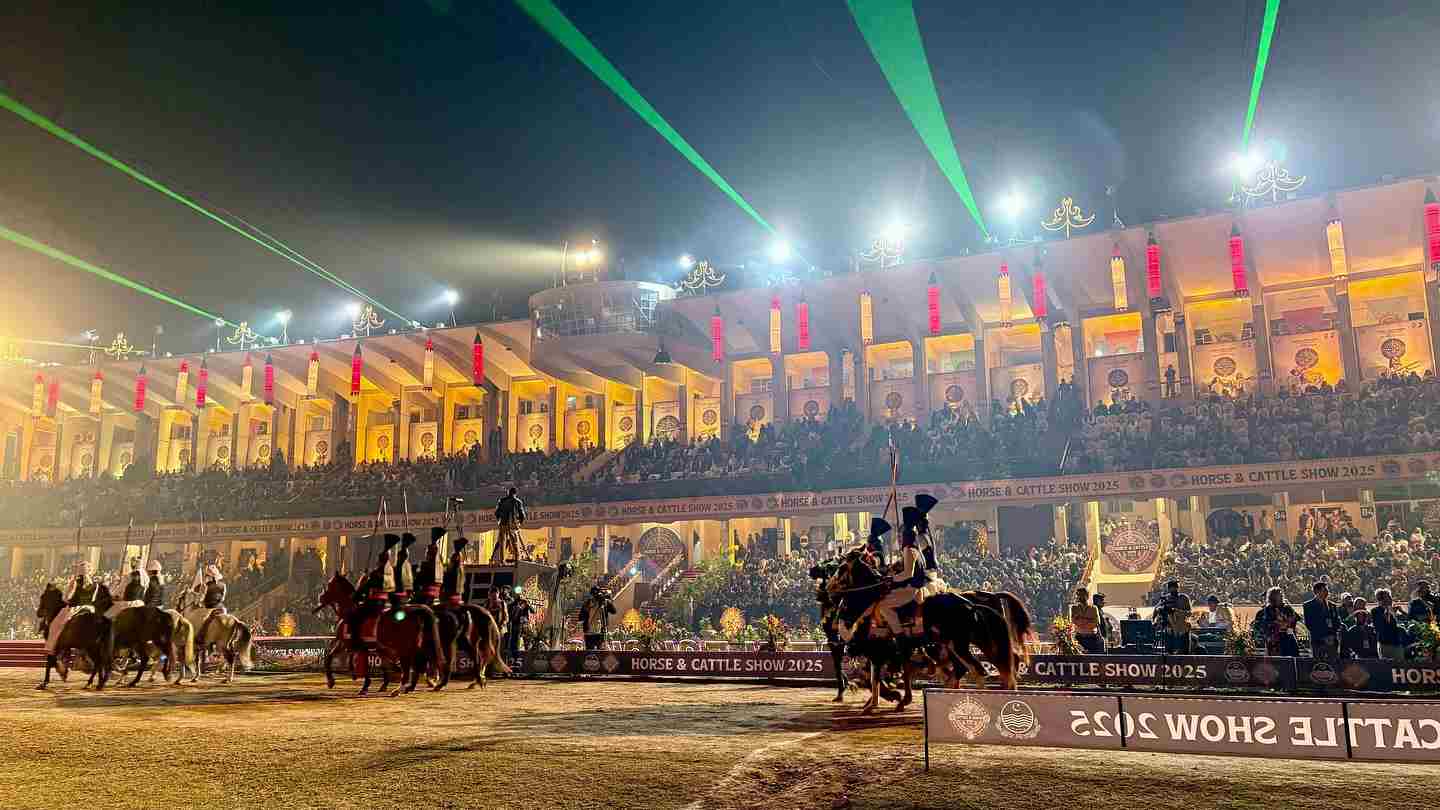
The Kalash Valley, surrounded by the Hindu Kush mountain range, is inhabited by the Kalasha People, famous for the Kalash Festival Celebrations. This festival is celebrated three times a year: in spring, summer, and winter. The spring festival, Chilam Joshi, kicks off around May 13. The summer festival, Uchal, starts on August 20. Finally, the winter celebration, Choimus, begins on December 15.
During these festivities, the Kalasha people engage in more than just merrymaking; they honor their deities and spirits, sometimes through sacrificial offerings. Additionally, these occasions serve as a platform for young men and women to select their future partners. The festivals allow people to revel in life, dance, and enjoy drinks. The enchanting setting of the Kalash Valley allows the Kalasha community to uphold their customs and sustain their culture.
“Celebrate the awe of each season as festivals mark their splendid cycle.”
The annual Lok Virsa festival, recognized as Pakistan’s largest cultural event, occurs in October. Over the past twenty years, this event has drawn musicians and artists from more than 20 nations to perform and participate. It brings joy to craftsmen and entertainers alike. In the capital of Pakistan, beautifully crafted pavilions representing the provinces of Azad Jammu and Kashmir have been established, allowing visitors to appreciate the country’s culturally rich history.
The festival lasts for ten days, at Lok Virsa highlights the diverse ethnic contributions of artists working under the guidance of the Heritage Museum. The diplomatic community and cultural agencies from all provinces are invited to create pavilions showcasing their renowned folk traditions.
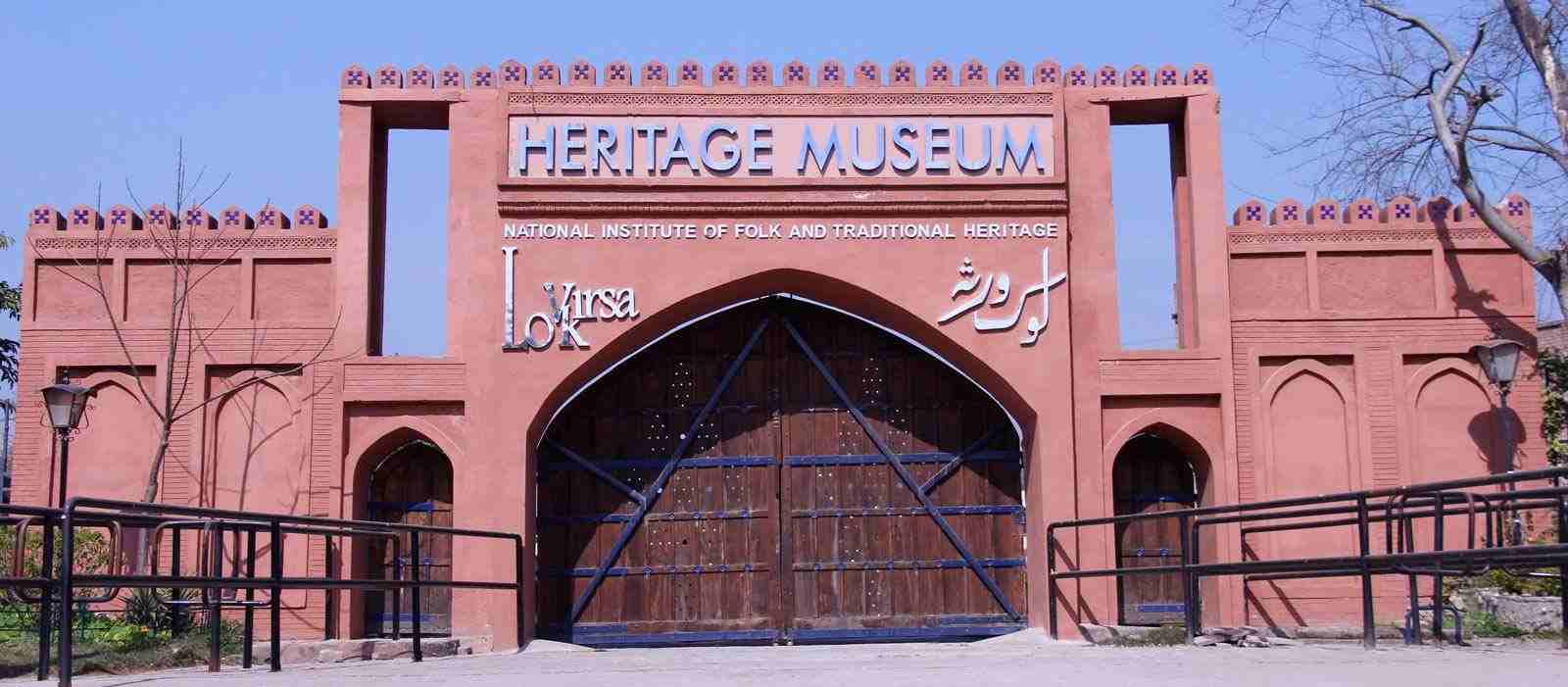
The Shandur Polo Festival is an annual cultural and sporting event near the Shandur Pass in Chitral, Pakistan. This event is often referred to as the “Roof of the World” due to its altitude, showcasing traditional polo matches between teams from Chitral and Gilgit-Baltistan. It also features folk music, dance performances, and exhibits of local crafts, making it an essential experience for those wanting to immerse themselves in the area’s cultural richness.
Polo, a sport that originated in Central Asia around the 6th century BC, was initially used as a training game for elite soldiers. It made its way to South Asia in the 13th century, with the term ‘polo’ deriving from the Balti language and meaning ‘ball.’ In ancient times, there were no restrictions on the number of players per game, and matches continued until one team scored nine goals. Today, there are six players on each team, and a game lasts for one hour, including a ten-minute break.
The Shandur Polo Festival takes place annually from July 7th to 9th at the world’s highest polo ground, Shandur Pass (12,500ft). The Tourism, Sports, and Culture Department of Gilgit-Baltistan organizes it. The festival is renowned for its traditional polo matches, cultural performances, music, and paragliding, drawing many tourists.
Explore More: Must Visit Tourist Destinations in Swat Kalam Valley
In preparation for the festival, polo teams from Gilgit-Baltistan train at Gologmuli Phandar, finalizing their teams through matches held in Chitral and Gilgit. The tournament features teams A, B, C, and D from both regions, competing in hour-long matches. The festival is celebrated in the stunning Shandur Valley, between Gilgit and Chitral, surrounded by the Hindu Kush, Pamir, and Karakoram Mountain ranges. The event, which takes place on July 9th, celebrates not only sports but also cultural unity.
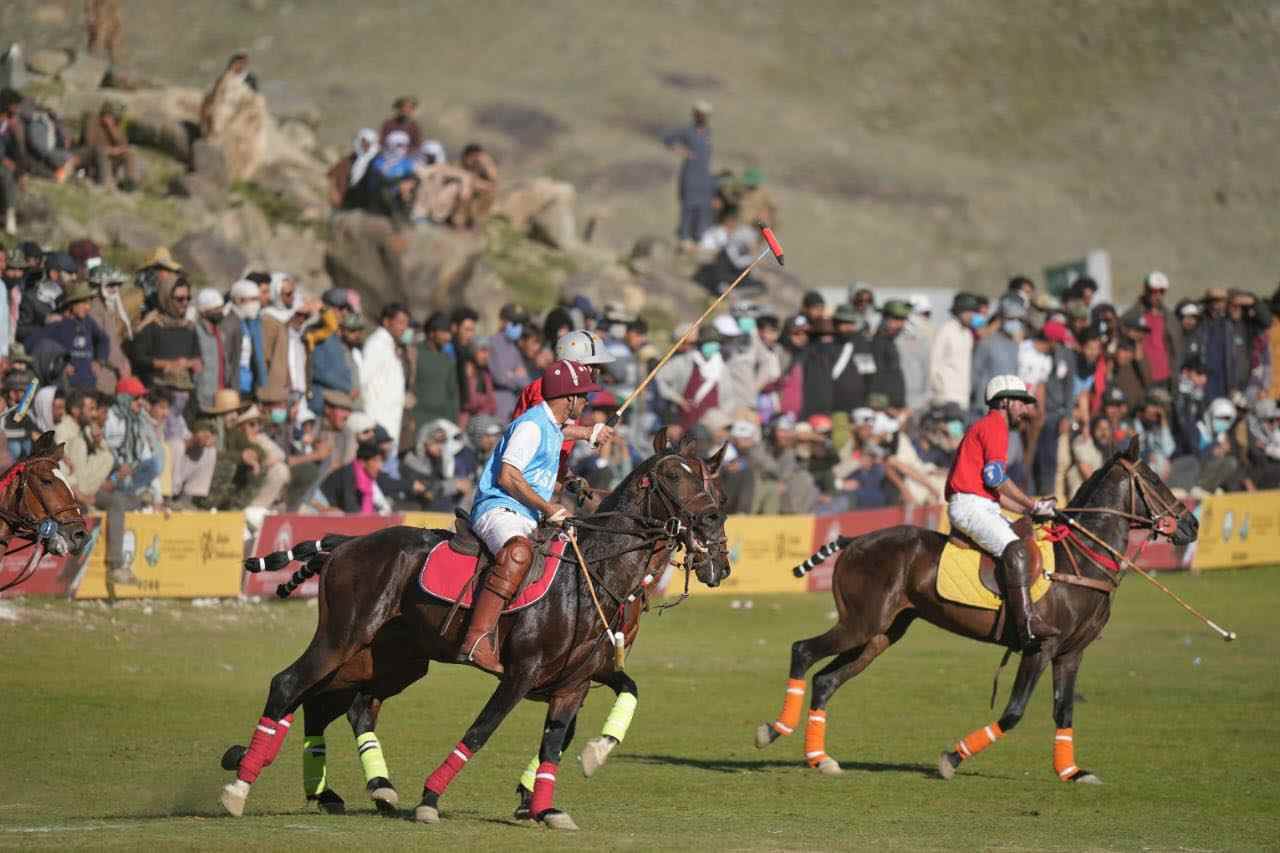
“Festivals are songs written in the language of tradition.”
Pakistan Day, also referred to as Yaum-e-Pakistan or Pakistan Resolution Day, is a significant national holiday in Pakistan. It marks the day when the Lahore Resolution was adopted on 23 March 1940, establishing the foundation for the formation of Pakistan. On the same date in 1956, Pakistan proclaimed itself the first Islamic republic by enacting its initial constitution.
The primary celebration takes place in the capital city, Islamabad, featuring the President of Pakistan as the Chief Guest. Key figures, the Prime Minister, Cabinet ministers, military leaders, and the Chairman of the Joint Chiefs also participate. The centerpiece of the celebration is a large joint military parade that demonstrates the strength and capabilities of the Pakistani military.
The festivities begin with a televised parade in the early morning, followed by a ceremony at the Presidency where the President bestows national awards and medals. Wreath-laying ceremonies are held at the mausoleums of Muhammad Iqbal and Muhammad Ali Jinnah, the primary founders of Pakistan. Sometimes, the government invites foreign dignitaries to observe the military parade. Adding to the significance. Pakistan Day holds deep significance in the history, serving as a poignant moment for national pride and unity.
Pakistan commemorates Defense Day, celebrated on September 6th, which holds deep national significance. The Pakistan Army proudly showcases its advanced weaponry, including tanks, guns, and missiles.
Additionally, it displays state-of-the-art equipment utilized by various corps, such as the Army Air Defense, Signals, Electrical and Mechanical Corps, Engineers, Army Service Corps, and Army Medical Corps.
Authorities invite the general public to witness this impressive exhibition, demonstrating the capabilities of their armed forces in action. To ensure nationwide participation, these displays are not limited to specific areas, and the parade is live on national television networks.
On this day, the Air Force Academy cadets present the Guard of Respect during a moving changing of guard ceremony at Mazar-e-Quaid in Karachi.
Television broadcasts that include national anthems and documentaries honoring the historic events of the 1965 war between India and Pakistan. Along with testimonies of those who sacrificed their lives, it fosters a sense of national unity and remembrance.
Defense Day celebrates the resilience and bravery of the Pakistani military forces. It stands as a testament to the unwavering dedication to preserving its security and independence.
Independence Day in Pakistan is celebrated annually on 14 August to commemorate the liberation from British rule in 1947. It is a significant national holiday, and festivities are celebrated throughout Pakistan to honor the occasion.
The main events in the capital city, Islamabad. The day begins with the raising of the national flag at key locations, including the Parliament House. Salutes and waving hands, enhancing the celebratory mood. The Colombo Plan Staff College sends its best wishes to its Pakistani colleagues during this time.
As August approaches, stalls and shops across the nation sell flags, banners, and other patriotic items. People adorn their homes, streets, and vehicles with flags and lights. Special prayers are conducted in mosques for the nation’s unity and advancement.
Public festivities feature fireworks, parades, seminars, music contests, and more. The national anthem is performed at various venues, highlighting the pride and unity of the Pakistani people on Independence Day. It is a moment when everyone unites to celebrate freedom and the historical significance of their country.
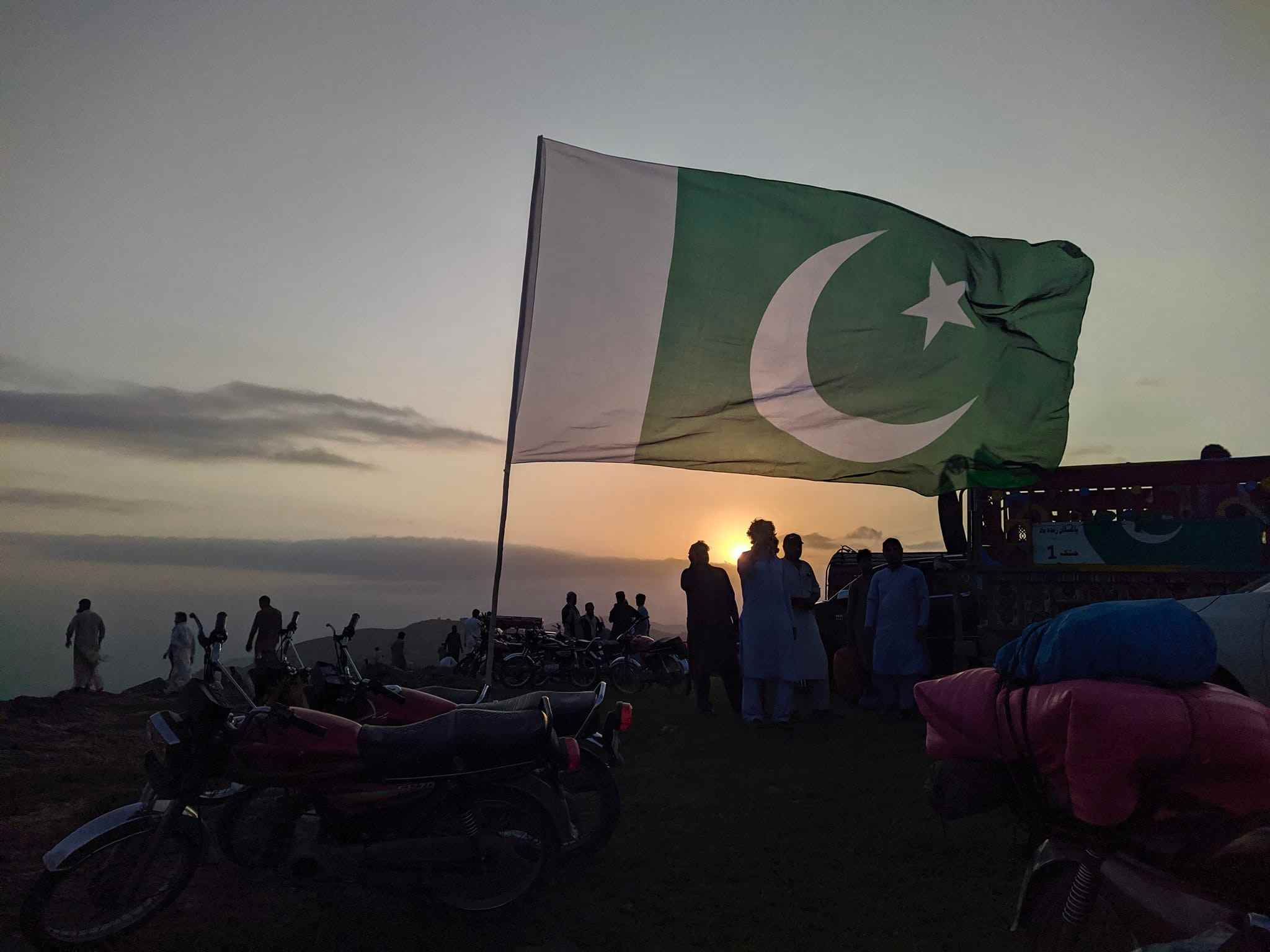
These cultural festivals in Pakistan illustrate the nation’s rich and varied heritage. They embody the principles of unity, acceptance, social celebration, religious practices, and secular traditions. Moreover, these festivals enhance the unique cultural landscape, fostering a sense of belonging and harmony among its citizens.
Pakistan is home to numerous religious and cultural festivals that attract visitors from across the globe. These festivals unite individuals, celebrating the rich cultural diversity and togetherness. Regardless of whether they are religious or cultural, these vibrant events emphasize the rich identity of Pakistan and collective joy. Through traditions and celebrations, they highlight the essence of national pride, diversity, and shared strength.
